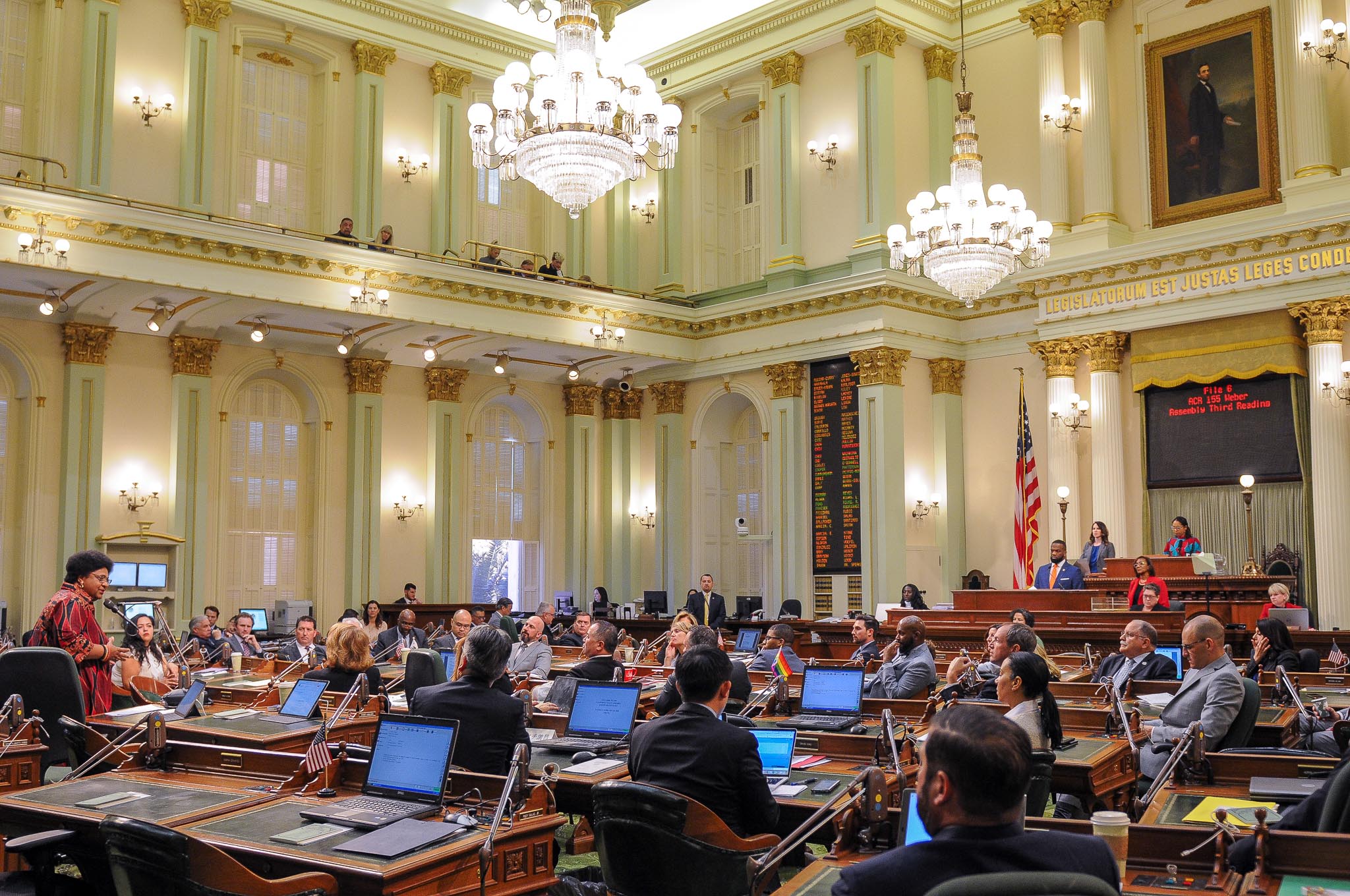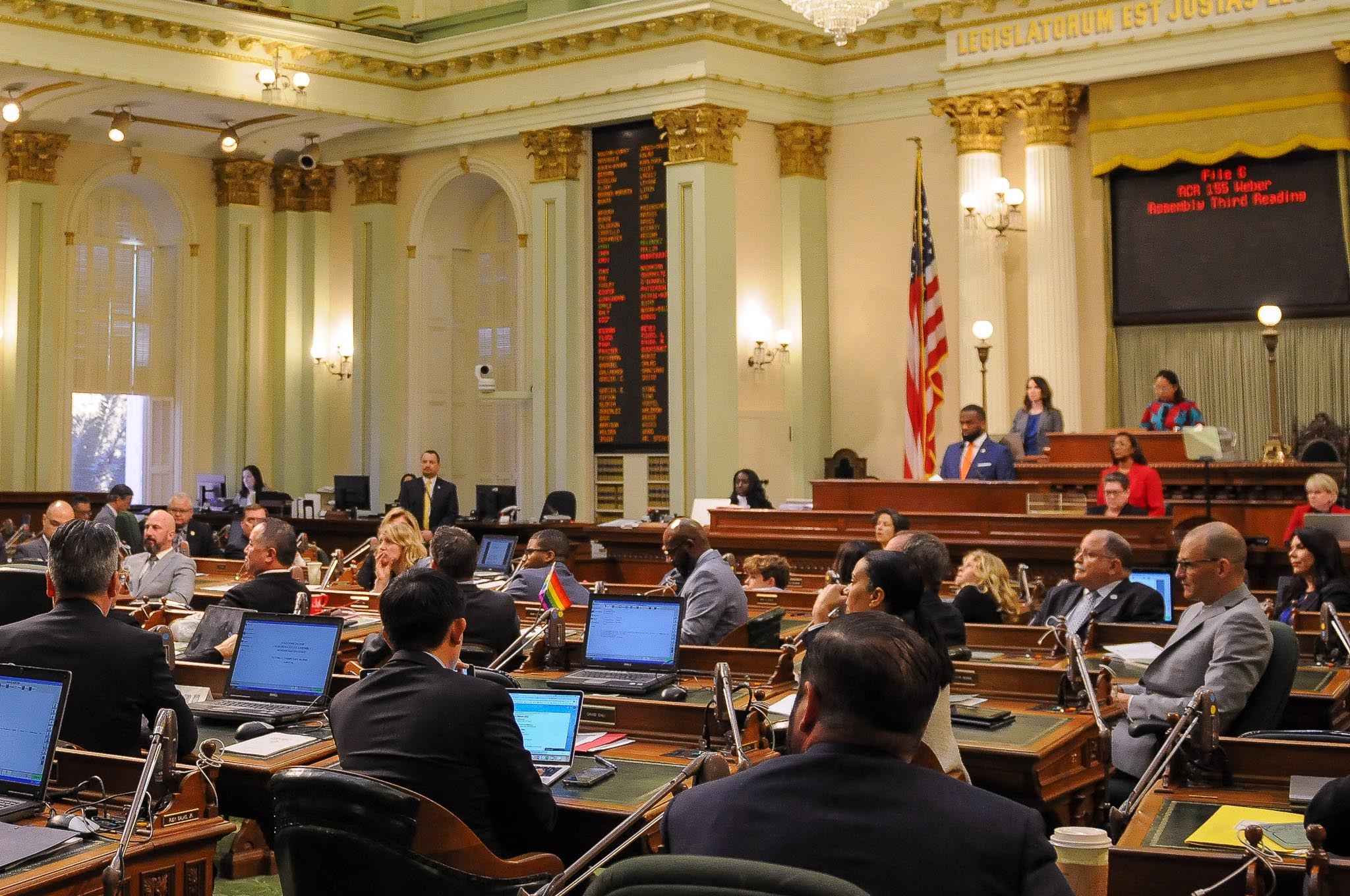
California State Capitol. (Photo: Kevin Sanders for California Globe)
State Agency Design Build Projects
The director must notify the State Public Works Board regarding the method to be used for selecting the design-build entity
By Chris Micheli, December 29, 2024 2:30 am
In Public Contract Code Division 2, Part 2, Chapter 1, Article 6, it provides for state agency design-build projects. Section 10187 contains legislative findings and declarations that the design-build method of project delivery, using a best value procurement methodology, has been authorized for various agencies that have reported benefits from such projects including reduced project costs, expedited project completion, and design features that are not achievable through the traditional design-bid-build method. There are also two statements of legislative intent.
Section 10187.5 provides definitions for the following terms: “best value,” “construction subcontract,” “department,” “design-build,” “design-build entity,” “design-build team,” and “director.”
Section 10188 authorizes the director, following notification to the State Public Works Board, to procure design-build contracts for public works projects in excess of $1,000,000, awarding the contract using either the low bid or best value, provided that this article does not apply to any projects on the state highway system.
The director is required to develop guidelines for a standard organizational conflict-of-interest policy, consistent with applicable law, regarding the ability of a person or entity, that performs services for the department relating to the solicitation of a design-build project, to submit a proposal as a design-build entity, or to join a design-build team. This conflict-of-interest policy applies to each department entering into design-build contracts authorized under this article.
Section 10190 requires the director to notify the State Public Works Board regarding the method to be used for selecting the design-build entity, prior to advertising the design-build project.
Section 10191 requires the procurement process for the design-build projects to progress along specified requirements, including the director preparing a set of documents setting forth the scope and estimated price of the project; the documents may include specified items, but cannot include a design-build-operate contract for any project; the director must prepare and issue a request for qualifications in order to prequalify or short-list the design-build entities whose proposals are evaluated for final selection. And, the request for qualifications must include, but need not be limited to, the eleven specified elements.
A design-build entity cannot be prequalified or short-listed unless the entity provides an enforceable commitment to the director that the entity and its subcontractors at every tier will use a skilled and trained workforce to perform all work on the project or contract that falls within an apprenticeable occupation in the building and construction trades. However, this requirement does not apply if any of the three specified requirements are met. The term “project labor agreement” is defined.
The director is required to prepare a request for proposals that invites prequalified or short-listed entities to submit competitive sealed proposals in the manner prescribed by the department. The request for proposals must include the four main elements specified.
For those projects utilizing low bid as the final selection method, the competitive bidding process must result in lump-sum bids by the prequalified or short-listed design-build entities, and awards are to be made to the design-build entity that is the lowest responsible bidder.
For those projects utilizing best value as a selection method, the design-build competition must progress as specified, including competitive proposals being evaluated by using only the criteria and selection procedures specifically identified in the request for proposals. The three specified minimum factors must be weighted as deemed appropriate by the department.
In addition, the department may hold discussions or negotiations with responsive proposers using the process articulated in the department’s request for proposals. When the evaluation is complete, the responsive proposers must be ranked based on a determination of value provided, provided that no more than three proposers are required to be ranked.
Thereafter, the award of the contract is to be made to the responsible design-build entity whose proposal is determined by the director to have offered the best value to the public. Upon issuance of a contract award, the director must publicly announce its award, identifying the design-build entity to which the award is made, along with a statement regarding the basis of the award.
Section 10192 requires the design-build entity to provide payment and performance bonds for the project in the form and in the amount required by the director, and issued by a California admitted surety. The amount of the payment bond cannot be less than the amount of the performance bond.
In addition, the design-build contract must require errors and omissions insurance coverage for the design elements of the project. The department must develop a standard form of payment and performance bond for its design-build projects.
Section 10193 authorizes the department, in each design-build request for proposals, to identify specific types of subcontractors that must be included in the design-build entity statement of qualifications and proposal. All construction subcontractors that are identified in the proposal are afforded all the protections of Chapter 4.
Following award of the design-build contract, the design-build entity must proceed as specified in awarding construction subcontracts with a value exceeding one-half of 1% of the contract price allocable to construction work. There are three specified actions that must be taken.
Section 10194 states that, if the department elects to award a project pursuant to this article, retention proceeds withheld by the department from the design-build entity cannot exceed 5% if a performance and payment bond, issued by an admitted surety insurer, is required in the solicitation of bids.
In a contract between the design-build entity and a subcontractor, and in a contract between a subcontractor and any subcontractor, the percentage of the retention proceeds withheld may not exceed the percentage specified in the contract between the department and the design-build entity.
- California Department of Child Support Services - December 24, 2025
- Mistakes in Legal Pleadings - December 23, 2025
- The Division of Property Concerning Retirement Plan Benefits - December 23, 2025




